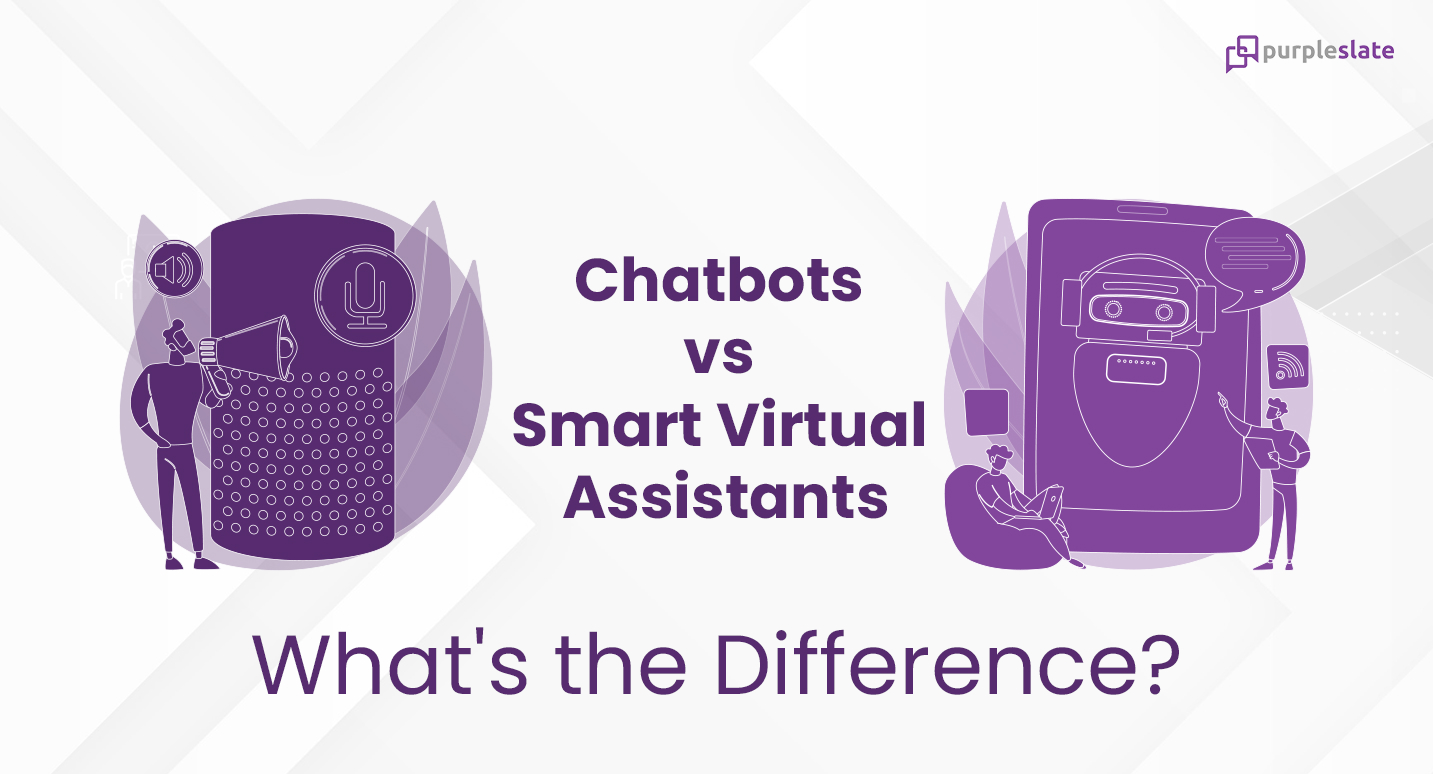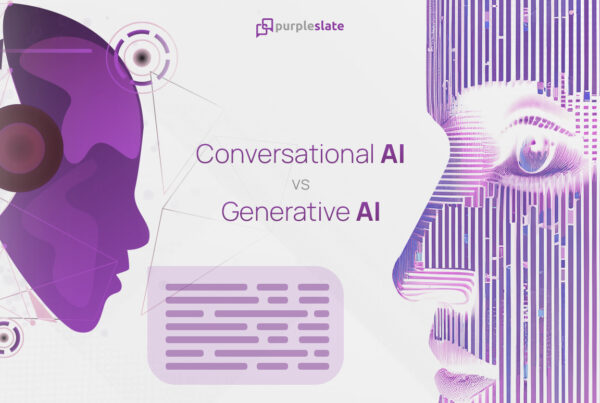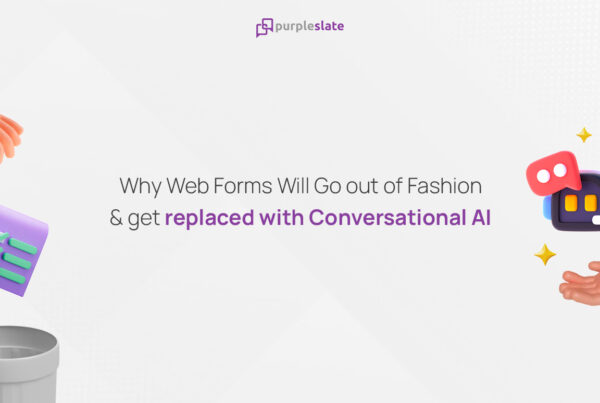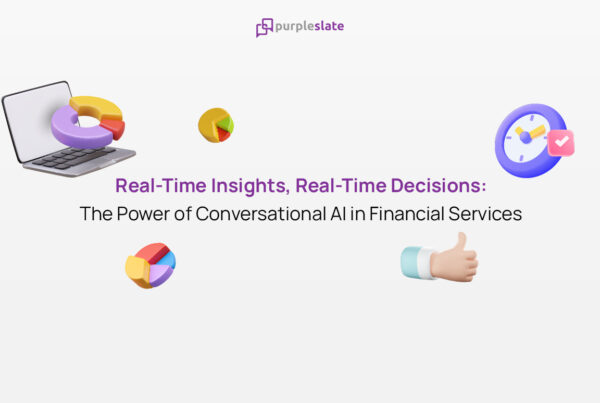
Introduction
Do you know about Tequila’s Patron, the most famous bot tender? Wait! Have I spelled it right? Should that not be ‘bartender’? No, it is right and it is ‘bot tender’. Patron is the AI-powered chatbot, the virtual bartender of Bacardi.
Gone are the days when chatbots were used only for support by financial sectors and service companies. Today chatbots are everywhere. Just to give a not-so-required, but formal introduction, chatbots are that small trendy icon that blinks on the right bottom of any website or app.
The Evolution of Chatbots
Today’s chatbots have come a long way. They are no longer the traditional chatbots that were rule-based and answered only a set of pre-defined or pre-configured questions. Chatbots are now enabled by Conversational Artificial Intelligence (CAI), Natural Language Processing (NLP), Natural Language Understanding (NLU), and Machine Learning (ML). These technologies are making chatbots sophisticated enough to understand the ‘intent’ behind user queries and successfully simulate human-like conversations.
Today, AI-powered Chatbots can handle simple and complex tasks such as providing information, answering FAQs, sending instant acknowledgments, collecting user information, etc. They are capable of replying to customer questions about a product and assisting customers in gaining the necessary knowledge and information.
Smart Virtual Assistants
Does it sound like the capabilities of chatbots are now blurring into smart virtual assistant activities? The answer is both yes and no. Amazon’s Alexa, Apple’s Siri, and IBM’s Watson are some of the known names of smart virtual assistants (SVA).
SVAs perform the tasks of a personal assistant such as managing schedules, handling travel needs, booking appointments, and sending reminders about events. SVA’s are implemented with a strong focus on the end-user and are programmed to take inputs and perform tasks through verbal and text commands. Virtual Assistants can understand normal human speech powered by Artificial Neural Networks (ANN) enabling them to predict the user’s intent.
SVAs are capable of learning user preferences and habits over time, constantly evolving and getting smarter. They can understand natural language, recognize faces, identify objects, and their biggest USP is their ability to communicate with other networked smart devices and software. They are generally embedded in handheld devices such as mobile or tablets or available as separate devices.
Virtual Assistants for Businesses
Businesses can now provide their customers with more personalized experiences by conducting more natural and intelligent conversations thanks to conversational AI. End-to-end user journeys can be transformed and automated with the aid of artificial intelligence owing to its ability to understand natural language, active learning, chat flow management, and data mining.
Virtual assistants never sleep, and they are constantly learning. New intents, entities, synonyms, phrasal slang, and methods for resolving simple to sophisticated end-user requests are constantly found, learned, and implemented in near real-time with the help of Artificial Neural Networks (ANNs). With the most recent developments in cognitive computing, ANNs are used to identify, categorize, and predict based on the analysis. Backed with Conversational AI they can engage with end-users in complex, multi-topic, long conversations. And all of this is done while providing end users with a seamless, understandable, and immersive experience that mimics human agents.
Apart from precisely understanding the end-user intent(s) and providing personalized and accurate answers, they can also trigger and complete tasks and multi-domains processes, and even escalate when and as needed to human agents.
Chatbots vs Virtual Assistants
Chatbots and Virtual Assistants (VA) are a result of the digital innovation happening in the AI space. Primarily, both Chatbots and Virtual Assistants are based on Conversational AI platforms with varying levels of sophistication. Despite sharing similar technical underpinnings, chatbots and virtual assistants have different functionalities.
Here are some of the differences between Chatbot and Smart Virtual Assistant
1. Functionality
The core functionality of chatbots is to assist businesses and customers, mostly with customer support service and sales and marketing. Having said that, the main functionality is improving customer engagement. Right from providing instant responses and hand-holding customers through the entire user journey, chatbots help businesses offer better customer experiences.
Virtual assistants perform the tasks for an individual as a personal assistant or secretary. Taking notes, reading aloud text or email messages, looking up phone numbers, scheduling, making phone calls, and alerting the user of upcoming appointments are all included in this. It also helps with reading out instructions or recipes, giving updates about the weather, and engaging the user in a casual or jovial conversation. It takes a much bigger role in a business environment. It works as an aggregator for a multitude of chatbots. They can find answers to the questions independently by scouring the web.
2. User Interface
Chatbots are deployed on websites, support service portals, as well as on messaging channels such as WhatsApp, Instant, and Facebook Messenger. In-app chat widgets and mobile applications can both use chatbots to help customers.
Virtual assistants are parts of handheld devices like mobile phones and tablets. Devices such as Apple’s Siri, Google Home, and Echo by Amazon have their corresponding virtual assistants built in. These devices primarily function on voice commands, though text commands can also be provided.
3. Cost
Configuring and managing chatbots has become very easy and less complex. With a proper business case in place, configuring chatbots just takes a few clicks. The cost of chatbots increases proportionally with the need for advanced technology and sophistication.
The cost of implementing SVAs is comparatively high as it is backed by superior technologies. The ROI on SVA investment is comparatively higher as it can handle complex and sophisticated tasks with ease.
4. Complexity
Chatbots can be rule-based, ML-powered, or contextual. This means that they can operate on varying levels of complexity. They can be created using a decision tree, widget-controlled interactions, and a predefined or scripted set of responses. ML-powered chatbots work by continuously learning over time to comprehend user inputs and requests. Artificial intelligence (AI), machine learning (ML), and natural language processing (NLP) algorithms are used by contextual or AI chatbots to continuously learn and remember the context to tailor dialogues.
Intelligent virtual assistants rely on artificial emotional intelligence to understand natural language commands better and learn from situations. Additionally, they can connect to search engines like Google and gather information from them. They comprehend not just the language used by the user, but also the context in which the user communicates. They may learn from previous encounters, which contributes to their unpredictability. This allows them to enjoy a long-term intimate relationship. They can also be designed to perform far more complex jobs.
5. Intelligence
Chatbots can answer only those queries that they have been programmed for and can fail if the queries are even slightly different than the ones they are fed. Chatbots cannot hold lengthy and coherent interactions. If the interaction breaks, they lose the context of the discourse. Because of the limitations in their programming, chatbots are not very proficient in processing languages.
Virtual Assistants have an enhanced ability to interact. They are skilled at processing language and can comprehend the meaning behind the commands. They can detect the user’s emotions and mood as well. Unlike Chatbots, SVAs can have a long conversation even after breaking the flow. Virtual Assistants can handle complicated jobs such as locating directions and making dinner reservations.
6. Conversation
Unless they are contextual, the majority of chatbots can only respond to questions that have been programmed into them. They can have brief, straightforward conversations. They deconstruct dialogue into smaller chunks, giving the software an organized and simple-to-understand style that enables constant context relay.
Virtual assistants can sustain lengthy conversations and comprehend the semantics of human speech. They are cognizant of human slang, empathy, and language-based expressions of human emotions.
7. Usage
Virtual assistants are mainly user-focused, whereas chatbots are mostly business-based solutions. Chatbots help companies provide their consumers, as well as their sales and marketing teams, with the best possible experience and engagement.
Virtual agents or assistants are equipped to help both commercial or personal operations. They function similarly to personal assistants capable of doing specific and difficult duties round the clock.
They are programmed to perform an endless range of tasks. For instance, they can be utilized to perform eCommerce tasks such as comparing products and selecting the best option based on predetermined criteria. They can provide financial market alerts and breaking news, and can even control various equipments in a room.
8. Design
Models that provide a framework for how to create responses are used to build chatbots. Chatbots are designed using a variety of models, mostly utilized ones are selective and predictive models. The appropriate models are chosen to develop them based on the application and domain.
Artificial neural networks (ANNs) enable virtual assistants to continuously learn from historical data. ANNs are used to identify, categorize, forecast, and analyze user inputs so that they can produce correct responses to the user’s queries.
Build Your Conversational Assistant
While both are products of conversational artificial intelligence and have similarities in their foundations, they address different needs and are deployed differently. purpleSlate’s Parrot is a state-of-the-art conversational AI platform that configures and deploys chatbots and smart virtual assistants fortified with the required levels of sophistication as per your business requirements, all in just a few clicks. Get in touch with us to build your conversational assistant today.




